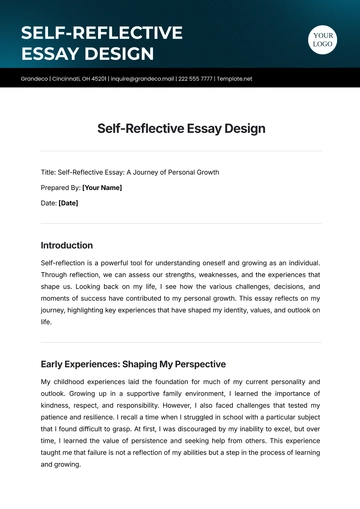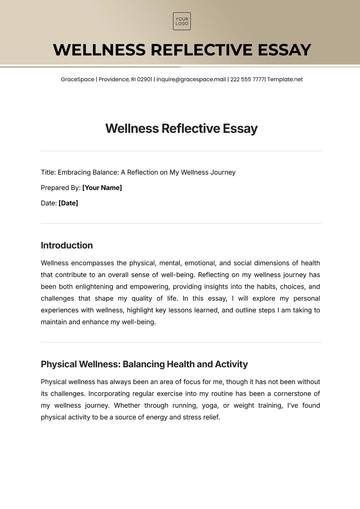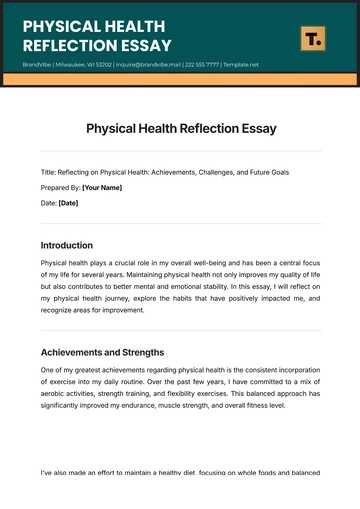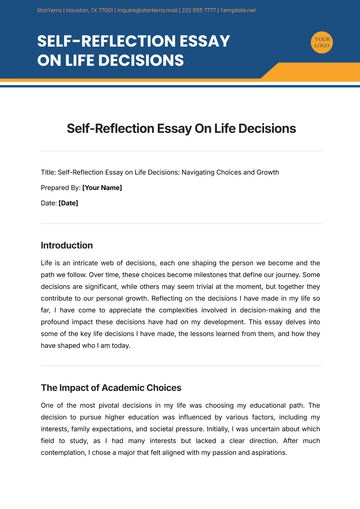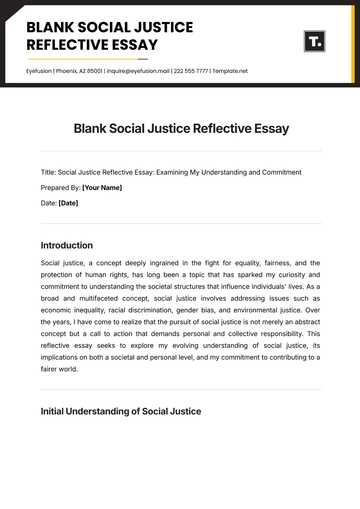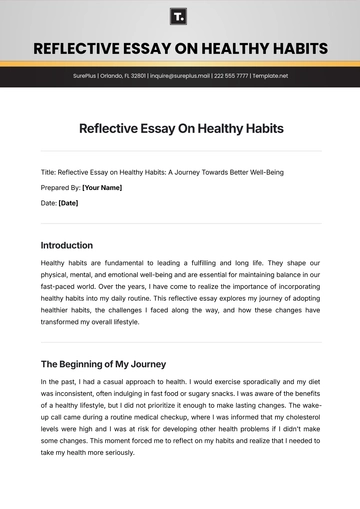Free Distance Learning Expository Essay
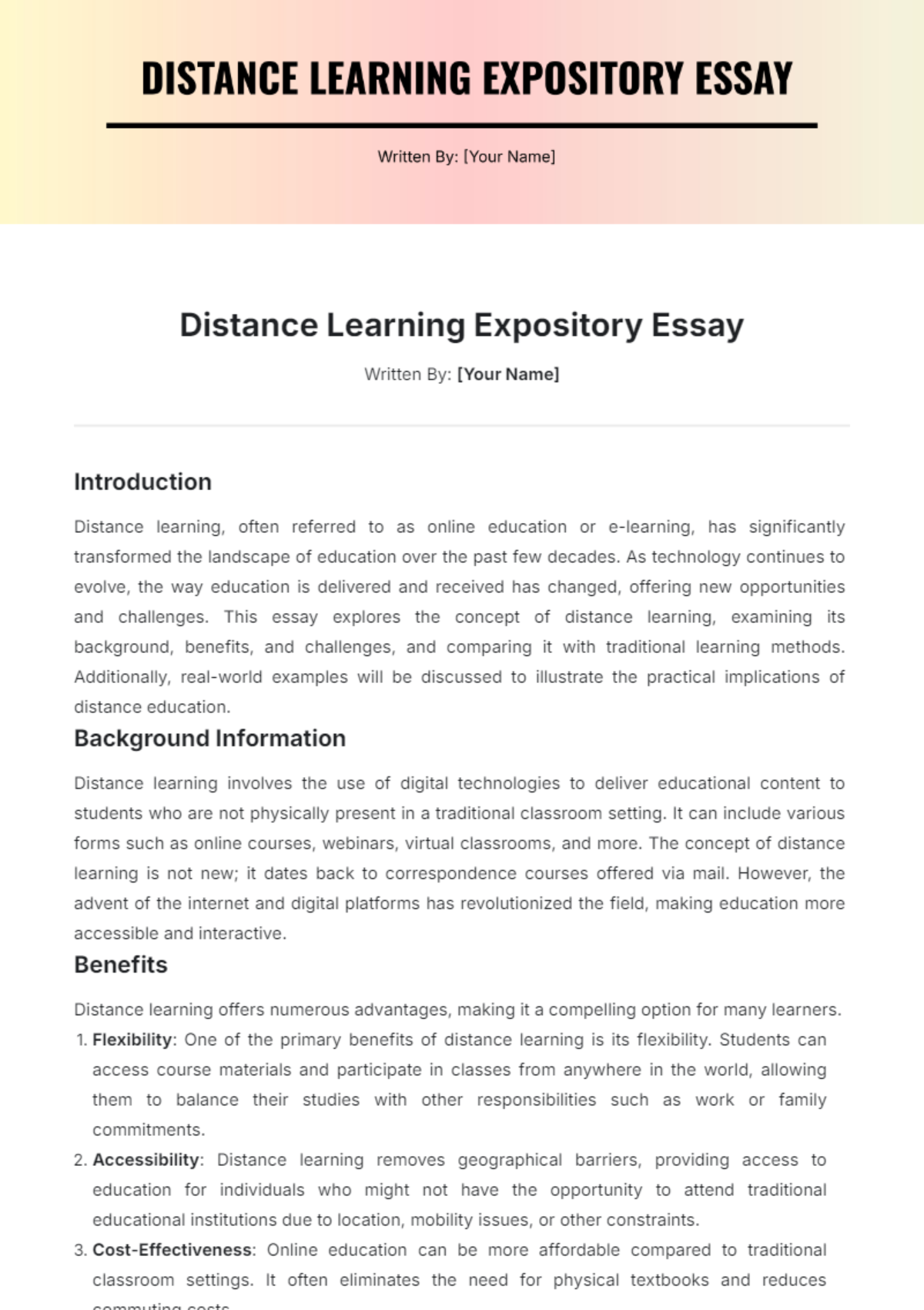
Written By: [Your Name]
Introduction
Distance learning, often referred to as online education or e-learning, has significantly transformed the landscape of education over the past few decades. As technology continues to evolve, the way education is delivered and received has changed, offering new opportunities and challenges. This essay explores the concept of distance learning, examining its background, benefits, and challenges, and comparing it with traditional learning methods. Additionally, real-world examples will be discussed to illustrate the practical implications of distance education.
Background Information
Distance learning involves the use of digital technologies to deliver educational content to students who are not physically present in a traditional classroom setting. It can include various forms such as online courses, webinars, virtual classrooms, and more. The concept of distance learning is not new; it dates back to correspondence courses offered via mail. However, the advent of the internet and digital platforms has revolutionized the field, making education more accessible and interactive.
Benefits
Distance learning offers numerous advantages, making it a compelling option for many learners.
Flexibility: One of the primary benefits of distance learning is its flexibility. Students can access course materials and participate in classes from anywhere in the world, allowing them to balance their studies with other responsibilities such as work or family commitments.
Accessibility: Distance learning removes geographical barriers, providing access to education for individuals who might not have the opportunity to attend traditional educational institutions due to location, mobility issues, or other constraints.
Cost-Effectiveness: Online education can be more affordable compared to traditional classroom settings. It often eliminates the need for physical textbooks and reduces commuting costs.
Variety of Courses: The vast range of available courses and programs online allows students to choose from a diverse array of subjects and specializations that might not be offered locally.
Challenges
Despite its benefits, distance learning also presents several challenges.
Technological Issues: Reliable internet access and familiarity with digital tools are essential for effective distance learning. Technological glitches or lack of access to necessary devices can hinder the learning experience.
Lack of Personal Interaction: The absence of face-to-face interaction can affect the social aspect of learning. Students may miss out on the collaborative and interpersonal aspects of traditional classroom environments.
Self-Discipline and Motivation: Distance learning requires a high degree of self-motivation and discipline. Without a structured environment, some students may struggle to stay on track and complete their assignments.
Quality Assurance: Ensuring the quality and accreditation of online courses can be challenging. Not all online programs are created equal, and it is important for students to research and select reputable institutions.
Comparisons
When compared to traditional learning, distance learning offers both distinct advantages and notable differences.
Learning Environment: Traditional learning typically involves physical classrooms and direct interaction with instructors and peers. Distance learning, on the other hand, is conducted through digital platforms, which can affect the immediacy of feedback and interaction.
Cost and Accessibility: Traditional education often comes with higher costs due to physical infrastructure and campus facilities. Distance learning can reduce these costs and provide access to education for a broader audience.
Flexibility: Traditional education generally follows a fixed schedule and location, whereas distance learning offers flexibility in terms of time and place, catering to a diverse range of student needs.
Case Studies/Examples
University of Phoenix: As one of the pioneers in online education, the University of Phoenix has provided distance learning opportunities to thousands of students worldwide. Its model emphasizes flexibility and accessibility, catering to working adults and non-traditional students.
Coursera: An online learning platform that collaborates with universities and organizations to offer courses across various disciplines. Coursera exemplifies the benefits of distance learning by providing high-quality education accessible to anyone with an internet connection.
Khan Academy: A nonprofit educational organization that offers free online courses, lessons, and practice exercises. Khan Academy has revolutionized distance learning by making educational resources freely available to learners globally.
Conclusion
Distance learning has emerged as a powerful educational tool, offering flexibility, accessibility, and a wide range of courses. However, it also presents challenges such as technological issues and a lack of personal interaction. By comparing distance learning with traditional methods and examining real-world examples, it becomes clear that while distance education is not without its difficulties, it provides significant opportunities for learners around the world. As technology continues to advance, distance learning will likely evolve and address its current limitations, further shaping the future of education.
References
University of Phoenix. (n.d.). Retrieved from University of Phoenix website
Coursera. (n.d.). Retrieved from Coursera website
Khan Academy. (n.d.). Retrieved from Khan Academy website
- 100% Customizable, free editor
- Access 1 Million+ Templates, photo’s & graphics
- Download or share as a template
- Click and replace photos, graphics, text, backgrounds
- Resize, crop, AI write & more
- Access advanced editor
The Distance Learning Expository Essay Template from Template.net offers a fully customizable and editable design to fit your essay needs. Ideal for exploring distance education topics, this template is editable in our AI Editor Tool, allowing for seamless personalization and adjustments. Craft a professional, well-structured essay quickly with this versatile and user-friendly template.







